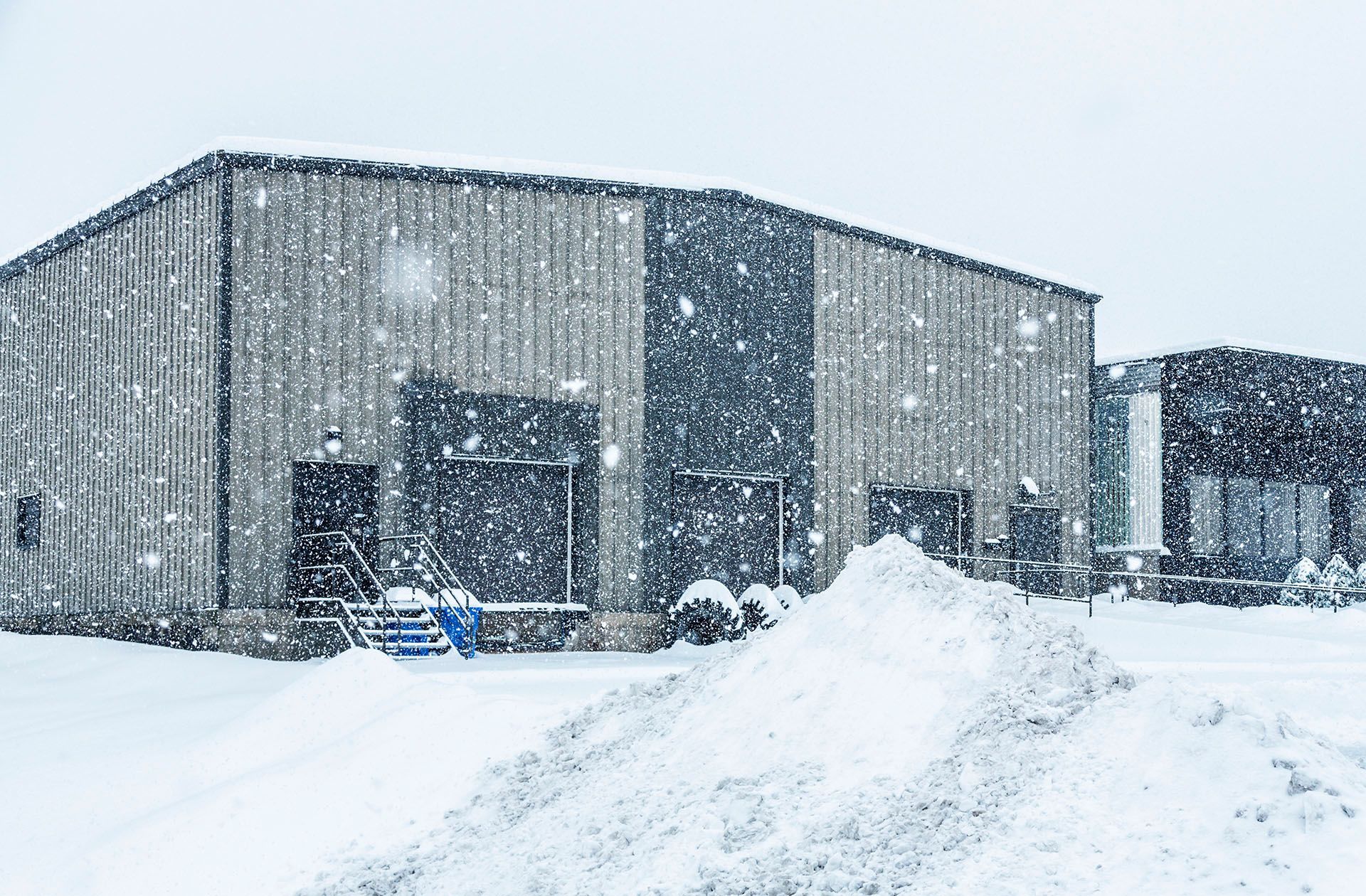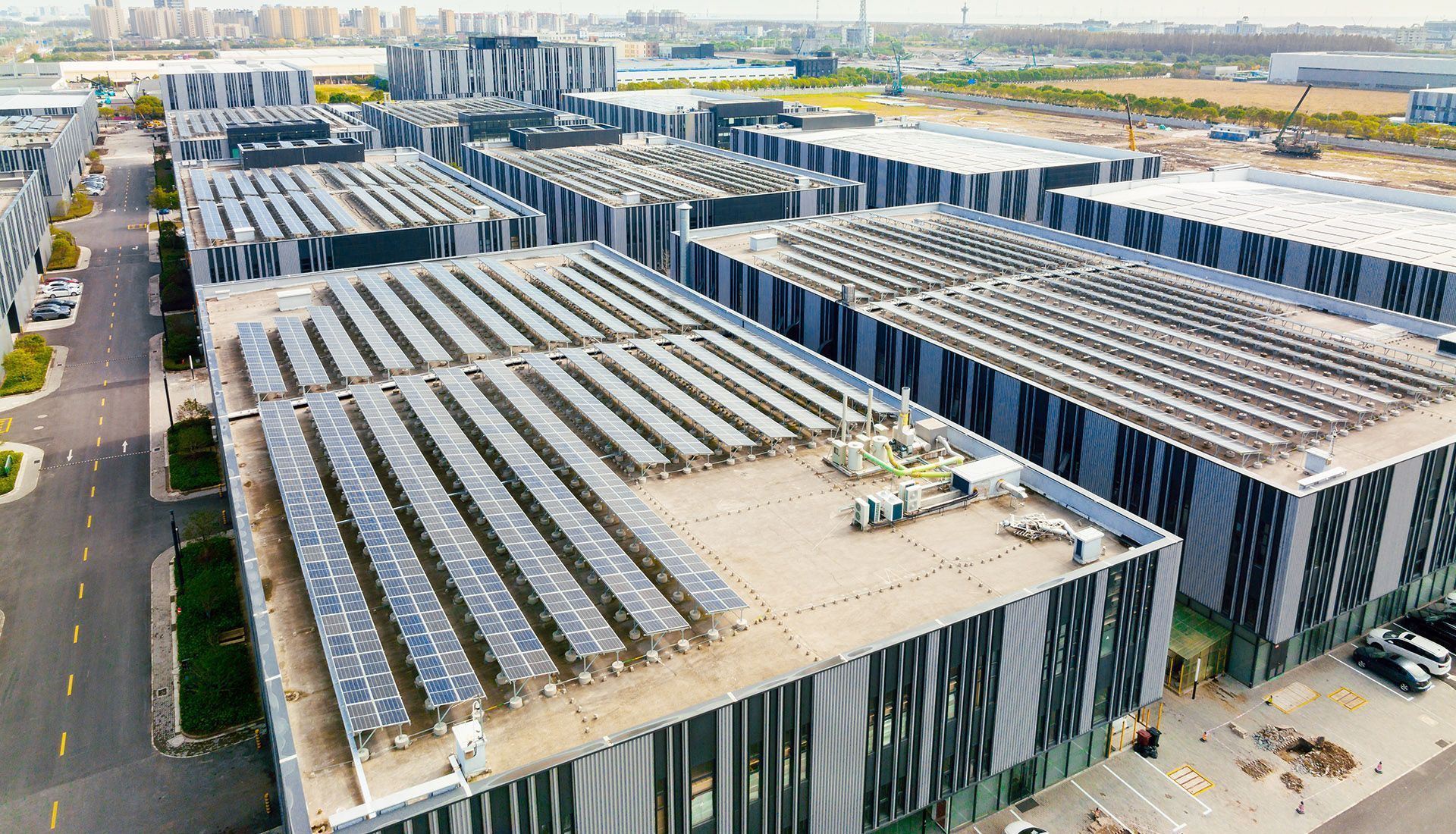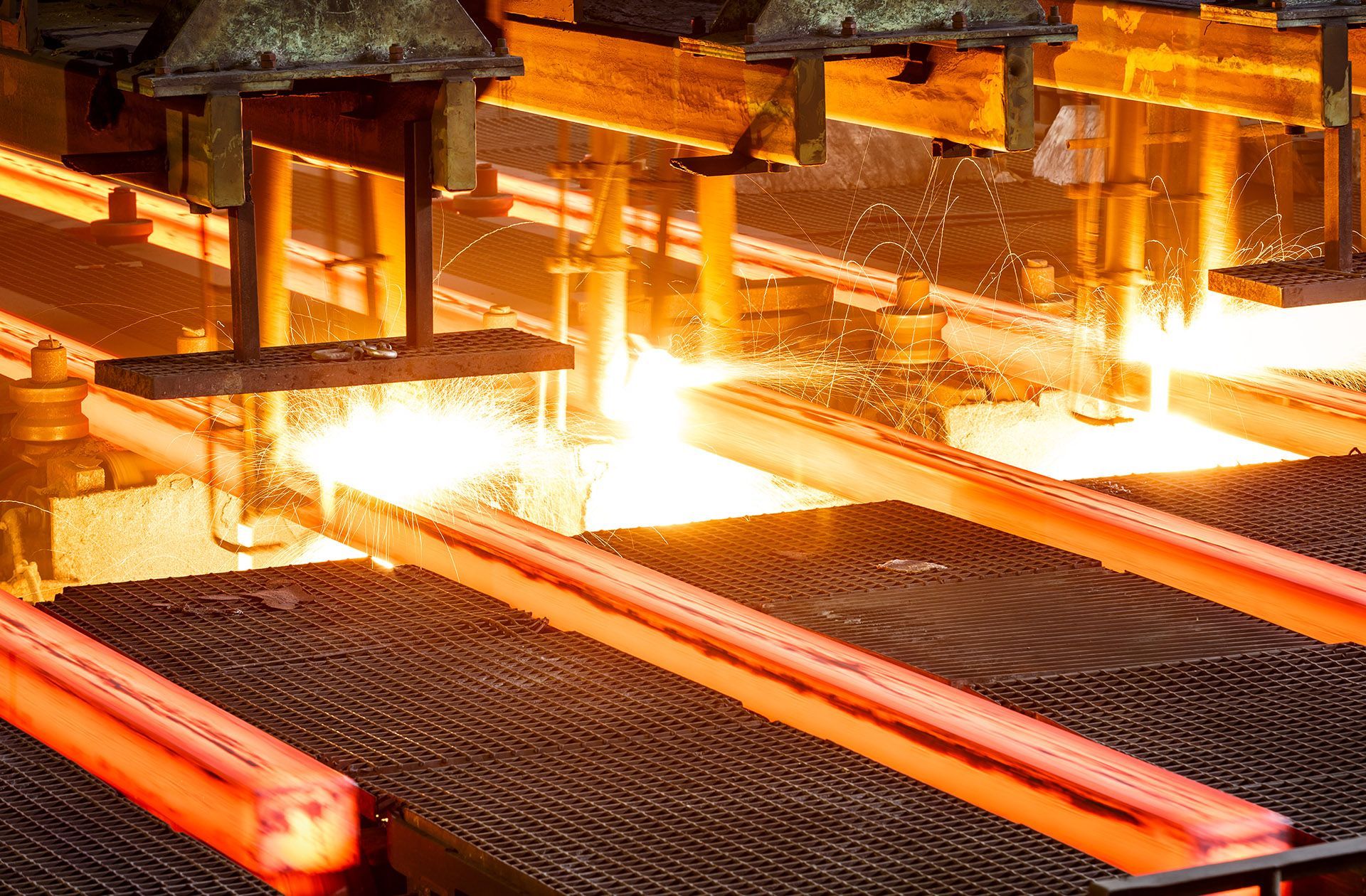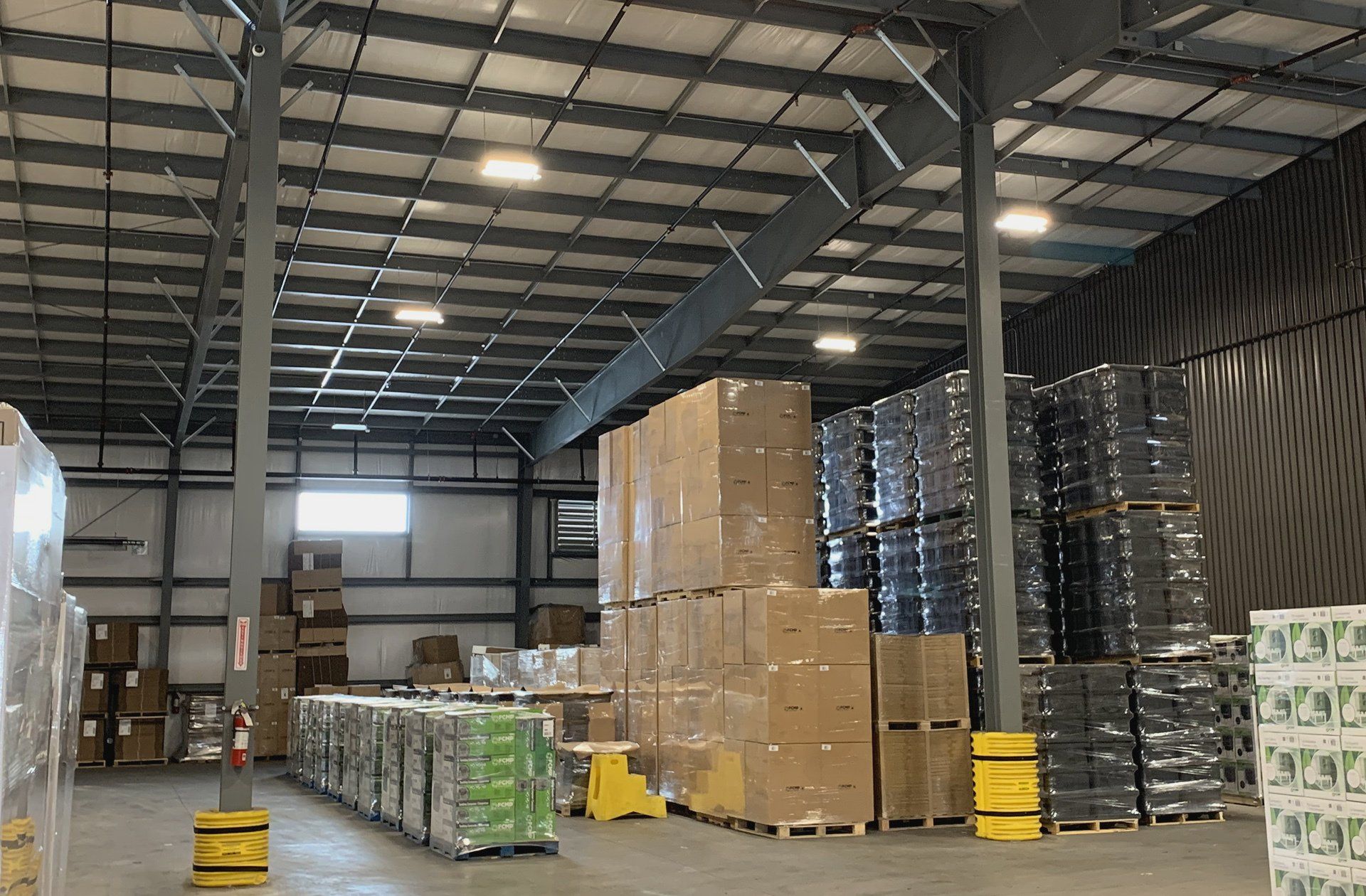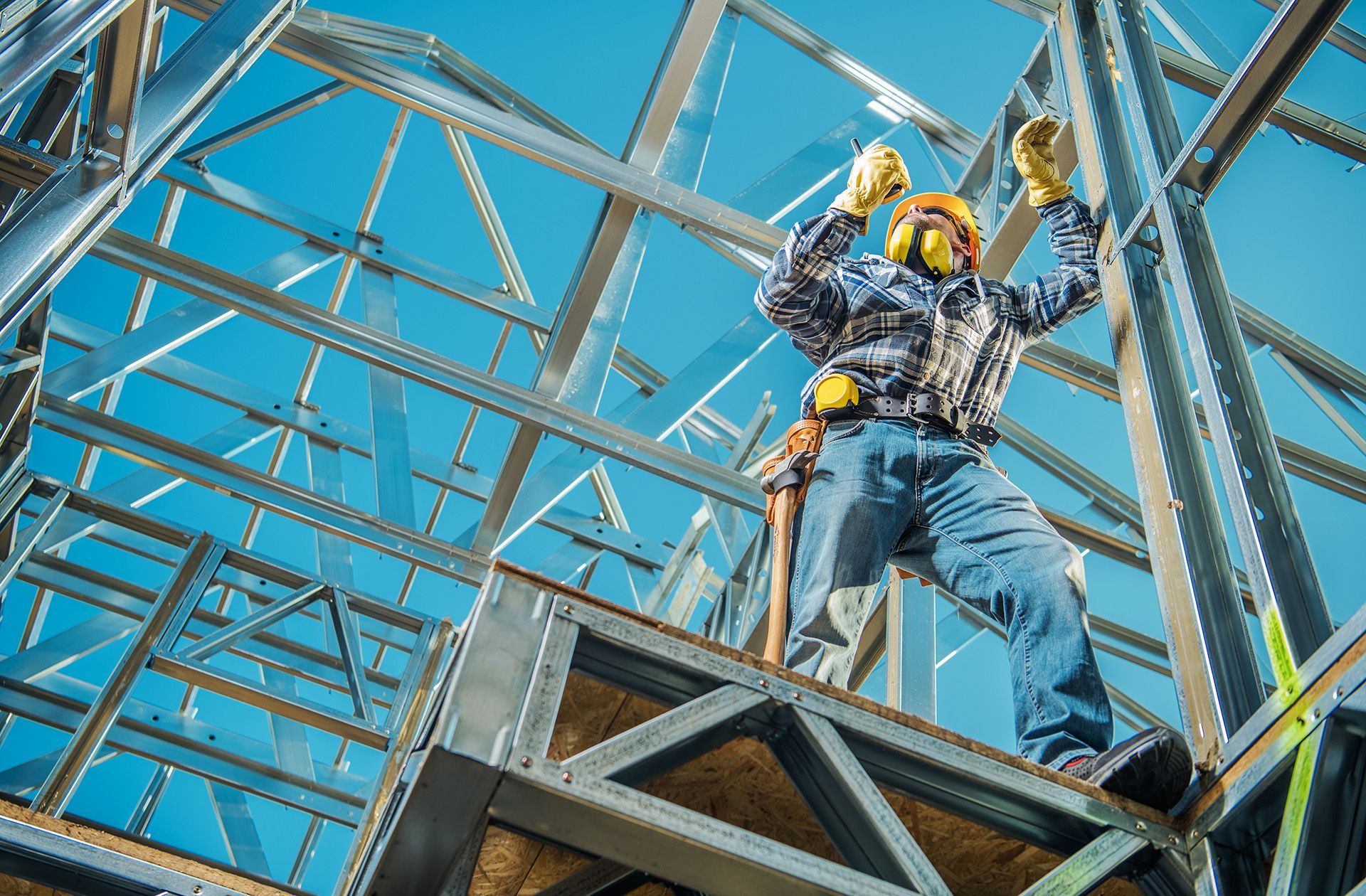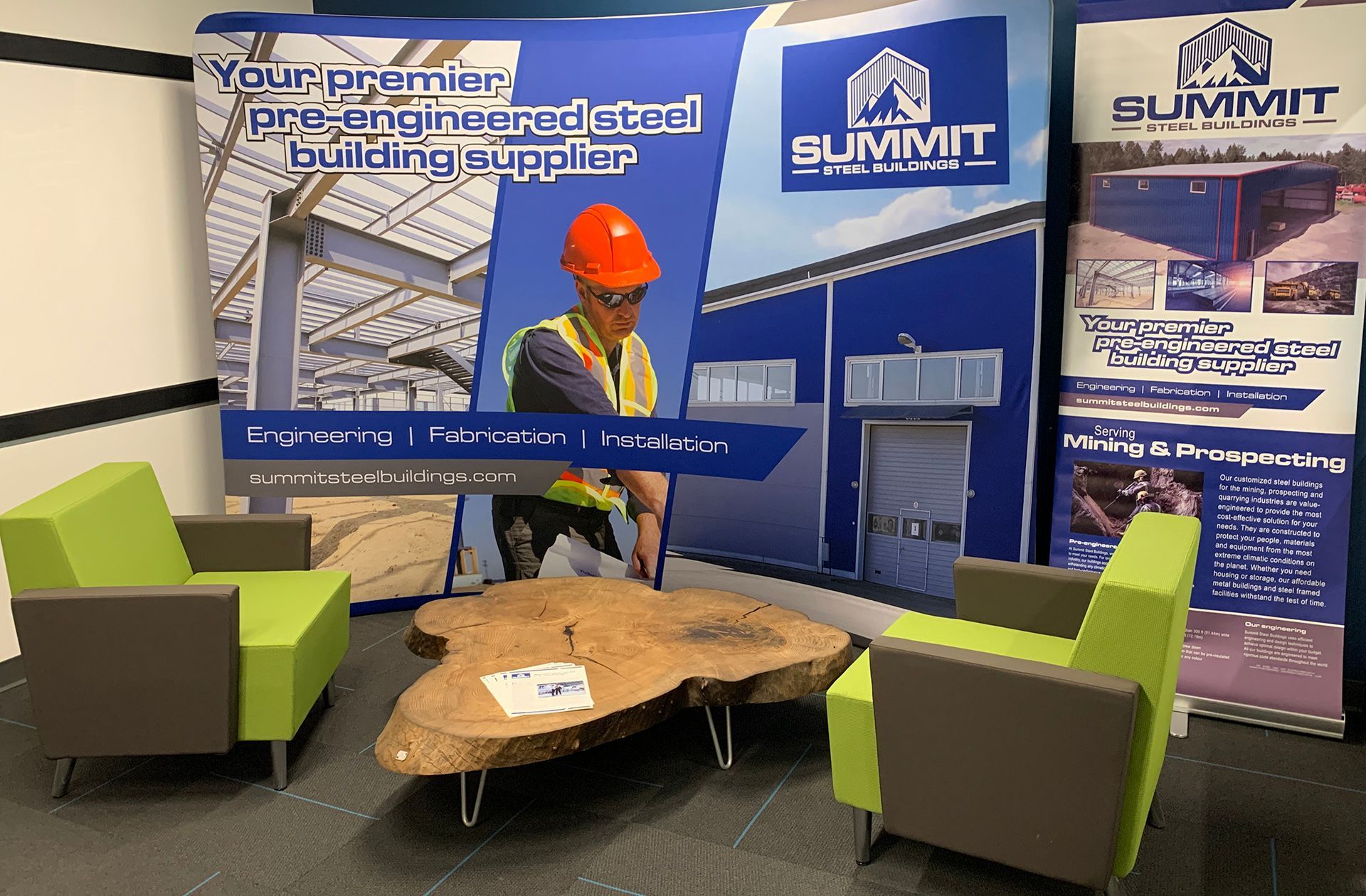AgTech and farm automation are transforming agriculture
As farms embrace new technology and digitization, investment in modern building infrastructure is needed to support it.
Agribusiness in North America is facing a variety of systematic challenges: increasing labour shortages, foreign competition, rising land and operational costs and shifting weather patterns. But through the AgTech revolution, farm operations are confronting these challenges by adopting new technology and new production methods.
Developments in digital technology have created the opportunity to transform the food and agribusiness industries permanently. The future of agriculture now depends on individual operators embracing new technologies and practices to become part of the solution in building a more sustainable, resilient and secure food system.
In the follow article, Darren Sperling, Summit Steel Buildings president, explores how agriculture – typically a “hands-on, traditional, human-centered industry” – can implement technology to increase efficiency and streamline production. Sperling addresses why agriculture should be transformed into a high-tech industry, lists a few of the disruptive innovations and highlights the potential growth, challenges and potential AgTech provides.
Darren Sperling: The AgTech revolution is built upon reliable infrastructure
As Summit Steel Buildings has worked to build pre-engineered metal storage buildings for large and small agricultural operations across North America, I’ve witnessed how adopting technology allows farms to increase production on a per-square foot basis. Innovation has been at the heart of this improvement, especially to farms that can support more indoor space where livestock can be raised, and harvests can be cultivated on a year-round basis.
The costs aren’t as prohibitive as one might imagine. Affordable, cost-effective steel buildings provide the framework for housing AgTech (such as automated feeders, monitoring systems and robotics) while other aspects, especially data management systems, can be available to agricultural companies on a subscription basis. Farmers don’t necessarily have to initially lay out huge sums for technology – some can be replaced over time as it becomes obsolete.
Use human skills for analysis instead of manual labour
Similar to other aspects of our modern society, adopting connected technology is bring significant changes to the agricultural sector as well. Emerging technology provides more information to farmers through a combination of wireless technology, automation and chemistry. As a result, farms are becoming more digitized and streamlined with less reliance on physical human labour.
Don’t get me wrong, people will still have to climb into the cab of a combine or into the stalls to muck them out. But adding tech to operations creates opportunities to collect data that will aid decision-making. For instance, security and tags, such as radio-frequency identification (RFID) and near-field communication (NFC), allow for better real-time crop and livestock monitoring with precise data collection and faster updates.
By using data collection, data mining and analysis, farmers using wireless technology can quickly adjust to the health of their production, the spread of damaging insects to increase the quality and quantity of their yields.
New technology is changing almost every aspect of modern farming operations:
- Automated farm equipment (such as self-driving tractors and seeders) resolves issues of time and labour shortages
- Sensors, drones and satellite feeds monitor how a farm is performing and aid in crop and soil management
- In-field or on-site product testing lower costs by not requiring lab testing to provide more immediate results and allow for faster adjustments
- Harvest quality vision and computerized scanners determine quality and quantity of crops, better sorting and management (less manual inspection)
- RFID chips to track harvest, storage, crop packages and equipment tracks location date and time – faster delivery
- Robotic scarecrows startle birds to prevent them from destroying crops
- Naturally occurring pesticides (e.g., fungus BVT-CR7) are distributed by bees to protect crops
- Bug-control technology mimicking pheromones reduce the use of insecticides; synthesized chemicals and natural chemical signals confuse and scare away male insects.
The future lies in the analysis of agricultural data
Adopting connected technology throughout the agriculture sector is set to bring significant change to the industry. Several companies, such as SemiosBio, Farmers Edge and Telus Corp, are looking to digitize the global agricultural business and help farmers manage the data they collect using physical monitors and testing results, all of which can be installed and wired into your agricultural building when it’s being built. The goal of this “precision farming” is to create better compliance and traceability to show what inputs went into crop production and how they adjust the multitude of variables that go into growing healthy plants and animals.
The companies are working to provide farms with one simple visual dashboard to summarize all the precision data that drives better informed decision making in real time. Objectivity is critically important as a recent report suggests farming leaders are more trusting of data that’s independent of chemical suppliers.
Increasing farm yields, both inside and out
Traditional field-focused farming is being supplemented with indoor farming for higher-value plant varieties using contemporary cultivation techniques and tools. It helps agribusinesses address a variety of issues, such as food safety, population growth, food insecurity, labour shortages and consumer sustainability expectations. Greenhouse and vertical growing methods work to create an essentially full-year crop cycle management system.
This form of controlled environment agriculture (CEA) system is being seen as a significant revenue opportunity. It adds resilience to food supply chains while shortening supply times and accelerating production cycles.
“With the advent of climate change, supply chain disruptions, increased transportation costs, and the desire to build sustainable systems, indoor farming is becoming an essential part of food production.” While CEA will never completely replace traditional field-based agriculture, the potential is immense.
“Investing in vertical farming appears to be growing momentum and has the potential to offer innovative ways to feed a growing population into the future at a certain level of sales at retail prices (sales direct to consumers), all vertical farming operations can generate a strong net return.” According to Eric Stein, from Penn State’s Graduate School of Management, greenhouses have the advantage of free sunlight; however, indoor vertical farm allow for growing on multiple levels with high levels of control and water conservation. All the necessary irrigation, lighting and HVAC systems are easily implemented during the steel building’s construction that houses them.
Steel buildings add to the technological practices that improve yields
Summit Steel Buildings understands the agricultural business and shares the challenges of transforming your business to help it grow and overcome the issues affecting the sector today. We’ve taken the same approach by adopting new technology to improve on centuries-old practices. Steel buildings are an important component of modern farms that support the technology being incorporated into most aspects of growing and distribution. We can help increase production and improve efficiency in your farming practices by offering a pre-engineered steel building that offers all the elements you need:
- Controllable LED lighting systems
- Electrical and support systems for automation
- Modern greenhouses for precision agriculture
- Remote sensing
- Robotics and automation for seeding, feeding and harvesting
- Structural capabilities for smart irrigation
- Physical framing structure to support vertical farming where crops are planted in stacks or inclined surfaces to produce higher yields in less space
- Solar power energy for sustainable power with less energy costs and dependence on fossil fuels
- Rainwater capture – collect, treat and store for re-use in watering plants
Let’s get started.
Contact us and we’ll immediately get to work to provide you with a free quote for your next agricultural building, grain bin or silo. Whether you need a 1,500 square-foot equipment shed or a 50,000 square-foot cattle barn, you can rely on our cost-effective steel building solution.
Please contact us to start the conversation...
About the author
Darren Sperling has specialized in the engineering and delivery of pre-engineered steel buildings for over 15 years and has experience in over 20 countries worldwide. He can be contacted at Summit Steel Buildings at (877) 417-8335, by email at darren.sperling@summitsteelbuildings.com or on LinkedIn.


